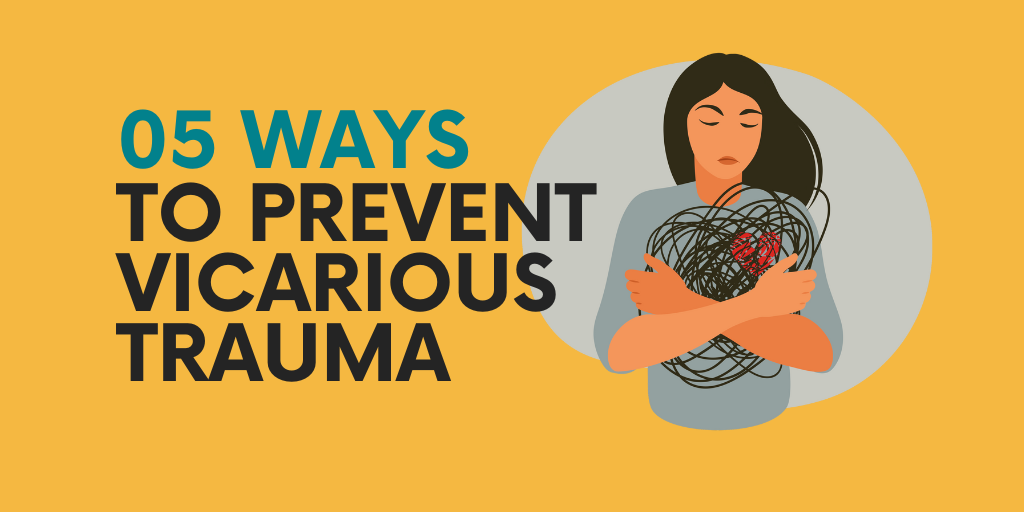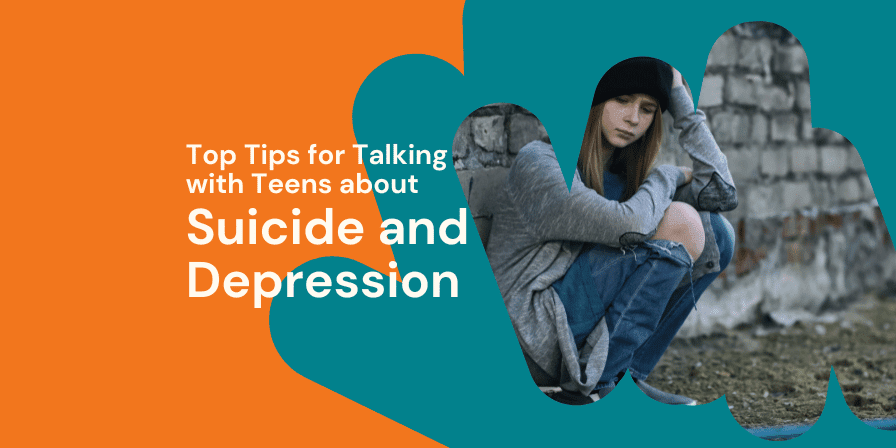What is vicarious trauma and why is it important for me?
Sometimes, you have to put yourself first.
If you’ve flown on an airplane, we all know the classic instructions from the flight attendant, “Should an emergency occur, put your own oxygen mask on first before helping others.”
It sounds harsh, but it also makes sense…if you cannot breathe, you won’t be able to help anyone! And the same is true for you and your mental health. If you are burned out, overly stressed, chronically exhausted, or experiencing your own trauma, you will be limited in the ways you can help those around you.
As we mark Suicide Prevention Month, it’s vital to remember the impact that working with at-risk teens can have on those in a supporting role.
The emotional toll of supporting teens through their darkest moments can be overwhelming, leaving us feeling drained, vulnerable, and even traumatized. This phenomenon, known as vicarious trauma or compassion fatigue, is a stark reminder of the importance of self-care. By caring for ourselves, we can better care for them.
So what is vicarious trauma?
Vicarious trauma occurs when an individual is exposed to the trauma of another person and develops the symptoms of experiencing trauma, fear, or pain themselves. It is often seen in response to repeated exposure to the traumatic circumstances that others experience.
You might be thinking…isn’t that empathy?
While empathy — the ability to relate to others’ emotions — is a good thing, it can become toxic when you start to carry others’ feelings and experiences as your own.
That is why it is so prevalent among those who support teenagers.
Listening to stories, witnessing trauma, and supporting someone during a crisis is often traumatic, especially if you have any similar trauma in your past.
Common Signs of Vicarious Trauma
While vicarious trauma can present itself in many different ways, here are some of the most common signs:
- Emotional exhaustion: Feeling drained or emotionally numb after interactions with others.
- Mental Symptoms: Finding it harder to focus, experiencing panic attacks, anxiety, or depression.
- Changes in worldview: Developing a more negative or cynical outlook on life.
- Physical symptoms: Headaches, changes in appetite, fatigue, or difficulty sleeping.
- Intrusive thoughts: Recurrent, distressing thoughts about the experiences you hear about.
Who’s at risk for vicarious trauma?
If you are regularly interacting with teenagers or other individuals who are sharing trauma or challenges, you are at risk of vicarious trauma. And honestly, these days it is made even worse by social media and the constant flow of information from our phones.
There have been times when I have gone down a rabbit hole on a social media account of a family going through a horrible situation. I didn’t know them, but after too much time looking through their feed, I felt like I did. I can also think of situations where I met with students in need and felt a “heaviness” for days afterward.
How do I cope with vicarious trauma?
If you can identify with any of these signs or symptoms, then it is time to put on your oxygen mask. This school year, try a couple of these coping strategies to help protect yourself from vicarious trauma.
Self-Awareness
Recognize the signs of vicarious trauma early. Being aware of your emotions and physical responses can help you address the impact before it becomes overwhelming.
Set Boundaries
Create and maintain boundaries to protect your emotional well-being. This might involve limiting the amount of time you spend discussing traumatic experiences or setting aside specific times for these conversations. It could also involve getting off social media or changing who you follow.
Seek Support
Don’t hesitate to talk to colleagues, loved ones, or a therapist about what you’re experiencing. Support can be invaluable in processing your emotions.
Practice Self-Care
Engage in activities that replenish your energy and joy. Exercise, invest time in your favorite hobby, go to brunch with friends, get a massage or pedicure. Regular self-care helps counterbalance the emotional toll of the important work you are doing.
Set Realistic Goals
Understand that you can’t solve all of a teenager’s problems. Focus on what you can do and accept that some situations are beyond your control.
By acknowledging vicarious trauma and actively taking steps to cope with it, you can continue to support the teens you work with without sacrificing your own well-being.

Karlie Duke
Communications Director
Karlie Duke | Director of Communications
Karlie has always had a heart for teenagers. Through her role at Teen Life, she loves to showcase the amazing stories coming out of Support Groups, but she is especially passionate about helping adults and teenagers find connection. Karlie has a BS in Communications with a minor in Family Studies from Abilene Christian University.



